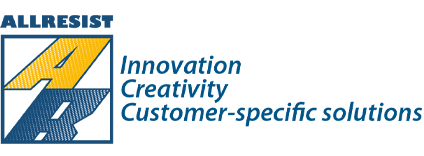April 2021: CSAR 62 – In demand around the world
Resist CSAR 62 is meanwhile established worldwide, with continuously increasing demands. Since we manufacture the polymer by ourselves, we had to scale up polymer synthesis. First of all, CSAR 62 made the jump from laboratory scale to a 20-liter trailer.
